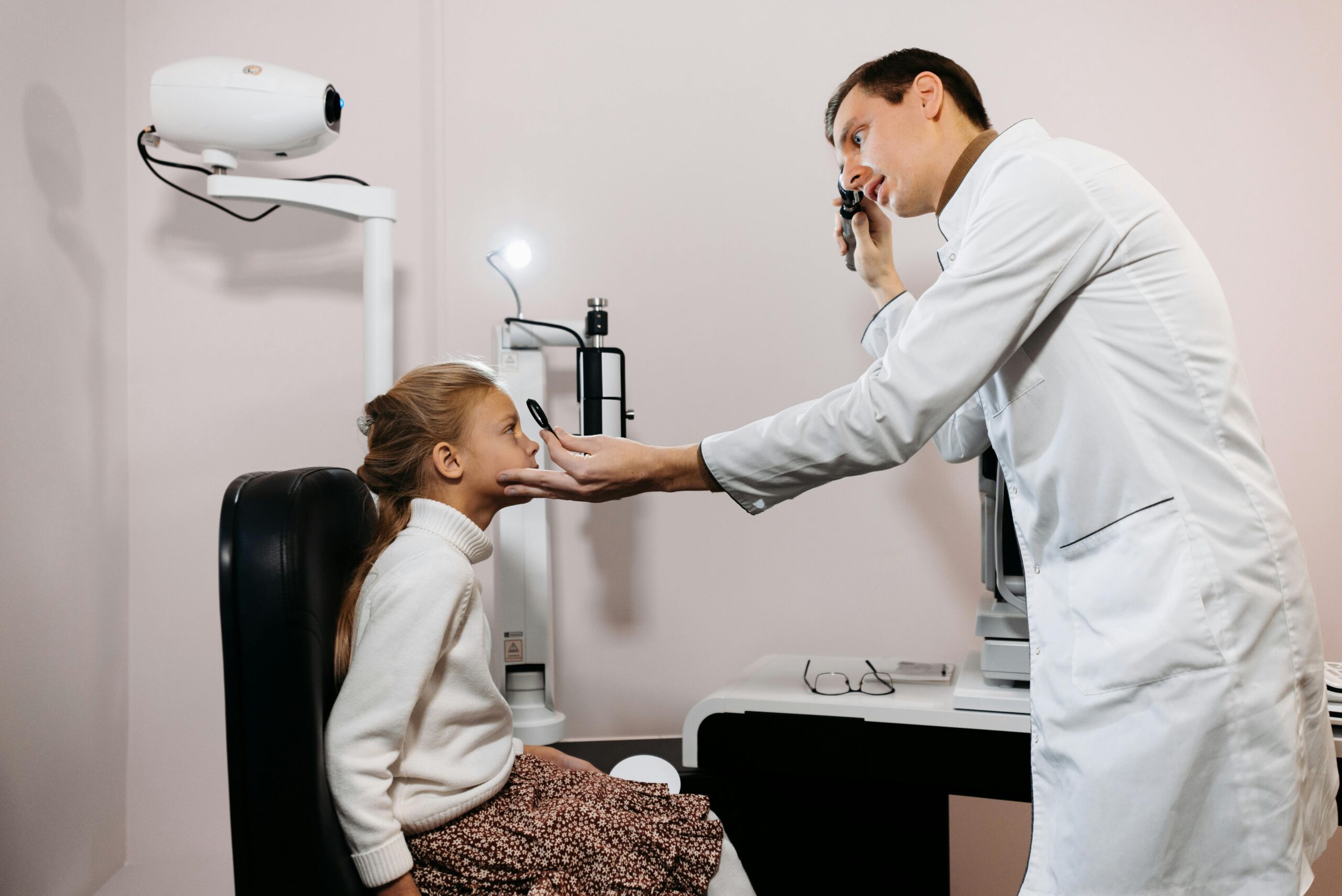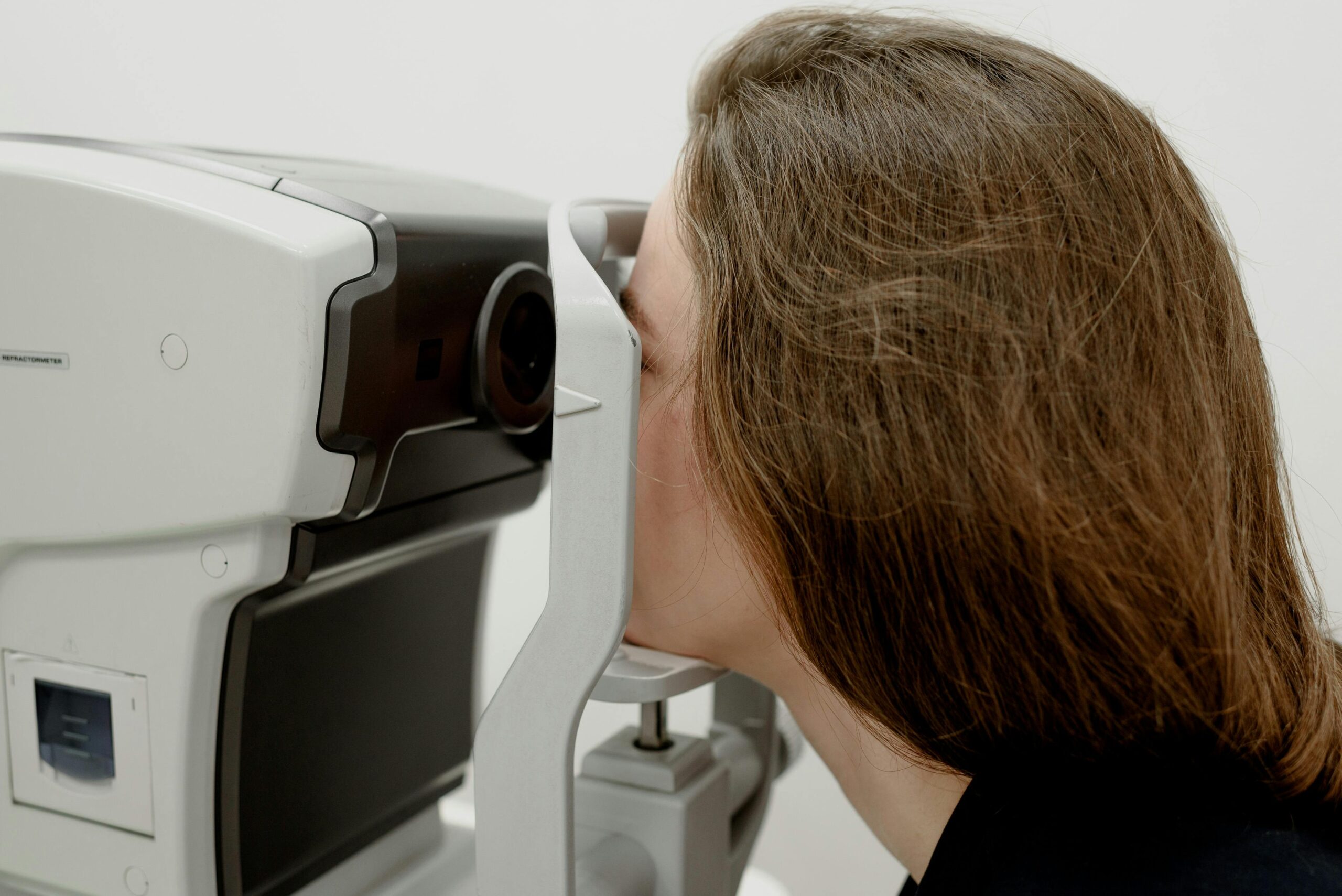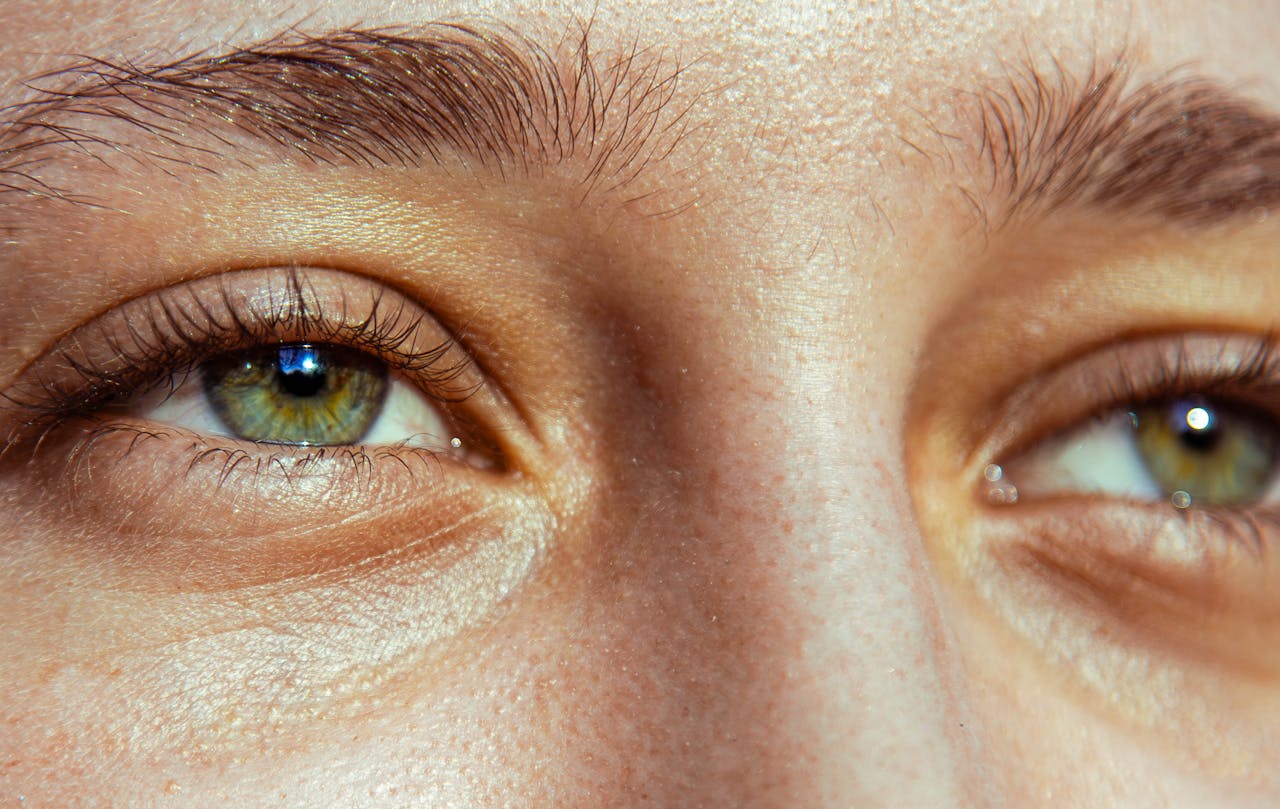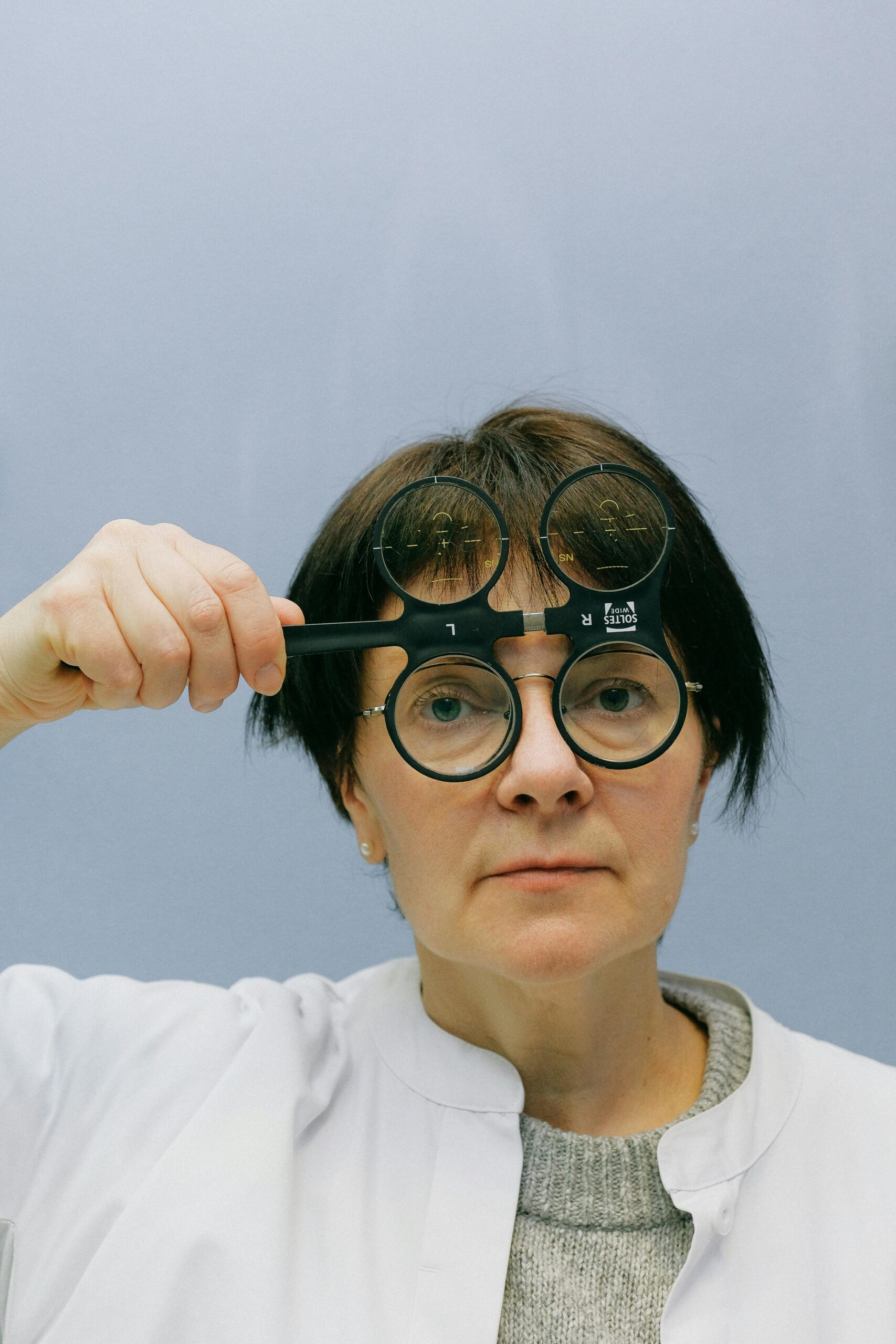Children may require eye surgery for various reasons, ranging from congenital abnormalities to acquired conditions that cannot be corrected with non-surgical treatments. Understanding the underlying causes and the potential benefits of eye surgery can help parents make informed decisions regarding their child’s eye health. Consulting a pediatric ophthalmologist in Dubai is essential to determine the appropriate course of action.
Congenital Eye Conditions
Congenital eye conditions are present at birth and can significantly impact a child’s vision. Some of these conditions include congenital cataracts, congenital glaucoma, and congenital ptosis. Congenital cataracts cause clouding of the eye’s lens, leading to blurred vision. If not treated promptly, this condition can result in permanent vision loss. Surgery is often required to remove the cataract and replace the lens with an artificial one. Congenital glaucoma involves increased pressure within the eye, which can damage the optic nerve and lead to blindness. Surgical intervention is necessary to reduce the pressure and preserve vision. Congenital ptosis, characterized by drooping of the upper eyelid, can obstruct vision and require surgical correction to improve the child’s field of vision and prevent amblyopia (lazy eye).
How Long Does It Take To Recover From Eyelid surgery?
Strabismus Surgery
Strabismus, commonly known as crossed eyes, is a condition where the eyes do not align properly and point in different directions. This misalignment can be constant or intermittent and can affect one or both eyes. Strabismus can interfere with binocular vision and depth perception, leading to double vision and amblyopia if left untreated. When glasses, patching, or vision therapy are insufficient, surgery may be necessary to adjust the muscles controlling eye movement. Strabismus surgery aims to realign the eyes, improving both cosmetic appearance and visual function. Early surgical intervention is crucial to ensure the best possible outcomes for the child’s vision and quality of life.
Is Eyelid Surgery Worth It
Retinopathy of Prematurity
Retinopathy of prematurity (ROP) is a potentially blinding eye disorder that primarily affects premature infants. It occurs when abnormal blood vessels grow and spread throughout the retina, the tissue lining the back of the eye. These vessels can leak and cause scarring, which can detach the retina and lead to blindness. Early stages of ROP may resolve on their own, but severe cases require surgical intervention to prevent vision loss. Laser therapy or cryotherapy can be used to stop the abnormal blood vessel growth, while more advanced cases might necessitate procedures such as vitrectomy or scleral buckling. Timely surgery is vital to preserving vision in infants with severe ROP.
What is the Best Age to Have Eyelid Surgery
Pediatric Cataract Surgery
Cataracts, typically associated with aging, can also occur in children. Pediatric cataracts can be congenital or develop due to trauma, infections, or metabolic disorders. When cataracts significantly impair vision, surgery is required to remove the clouded lens and replace it with an artificial intraocular lens. The timing of the surgery is critical; if performed too late, the child’s visual development may be adversely affected. Pediatric cataract surgery is more complex than adult cataract surgery due to the need for general anesthesia and the ongoing development of the child’s eye. Post-surgical care includes the use of glasses or contact lenses to correct any residual refractive error and regular follow-up appointments to monitor the child’s vision.
Glaucoma Surgery
Pediatric glaucoma, although rare, is a serious condition characterized by increased intraocular pressure that can damage the optic nerve and lead to vision loss. It can be congenital or secondary to other eye conditions, such as trauma or inflammation. Symptoms of pediatric glaucoma include excessive tearing, light sensitivity, and an enlarged eye. Medications can help control intraocular pressure, but surgery is often necessary for long-term management. Surgical options include trabeculotomy, goniotomy, and tube shunt surgery, which aim to improve fluid drainage from the eye and reduce pressure. Early detection and surgical intervention are crucial to prevent irreversible vision loss in children with glaucoma.
Retinal Detachment Surgery
Retinal detachment is a medical emergency where the retina separates from the underlying tissue, leading to vision loss if not promptly treated. Although more common in adults, children can also experience retinal detachment due to trauma, high myopia, or genetic conditions. Symptoms include flashes of light, a sudden increase in floaters, and a shadow or curtain over part of the visual field. Surgery is essential to reattach the retina and restore vision. Procedures such as pneumatic retinopexy, scleral buckling, or vitrectomy are used depending on the detachment’s severity and location. Immediate surgical intervention is vital to achieve the best possible visual outcome and prevent permanent vision impairment.
Are most people happy with eyelid surgery
Eye Muscle Surgery
Eye muscle surgery is performed to correct issues related to the muscles that control eye movement, such as strabismus or nystagmus (involuntary eye movements). In cases where these conditions do not respond to non-surgical treatments, surgery can help align the eyes and improve visual stability. The procedure involves adjusting the tension of the eye muscles to reposition the eyes correctly. Eye muscle surgery can significantly enhance binocular vision and depth perception, contributing to better coordination and overall visual function. Early surgical intervention can prevent the development of amblyopia and improve the child’s visual development and quality of life.
Tumor Removal
Eye tumors in children, such as retinoblastoma, require prompt surgical intervention to preserve vision and, in some cases, save the child’s life. Retinoblastoma is a rare, malignant tumor of the retina that primarily affects young children. Symptoms include a white pupil reflex, crossed eyes, and vision impairment. Treatment involves a combination of surgery, chemotherapy, and radiation therapy, depending on the tumor’s size and location. Surgical options include enucleation (removal of the eye) for advanced cases or localized procedures to remove smaller tumors. Early detection and treatment are critical to achieving the best possible outcomes and preventing the spread of cancer.
Dr. Qasim Qasem: Best Eye Specialist in Dubai
For parents seeking the highest standard of eye care for their children, Dr. Qasim Qasem is the best eye specialist in Dubai. With extensive experience in pediatric ophthalmology, Dr. Qasim Qasem is dedicated to providing personalized, compassionate care to ensure the best possible outcomes for young patients. His expertise encompasses a wide range of pediatric eye conditions, and he utilizes the latest surgical techniques and technologies to achieve optimal results. Whether your child requires routine eye exams, specialized treatment, or complex surgery, Dr. Qasim Qasem offers comprehensive eye care services tailored to your child’s unique needs. Schedule a consultation today to give your child the gift of clear vision and a bright future.
In conclusion, children may need eye surgery for various reasons, including congenital abnormalities, strabismus, retinopathy of prematurity, pediatric cataracts, glaucoma, retinal detachment, eye muscle issues, and tumors. Each condition requires timely and appropriate surgical intervention to prevent long-term vision problems and support proper visual development. If you have concerns about your child’s eye health, consulting a pediatric ophthalmologist in Dubai is essential for accurate diagnosis and effective treatment.











